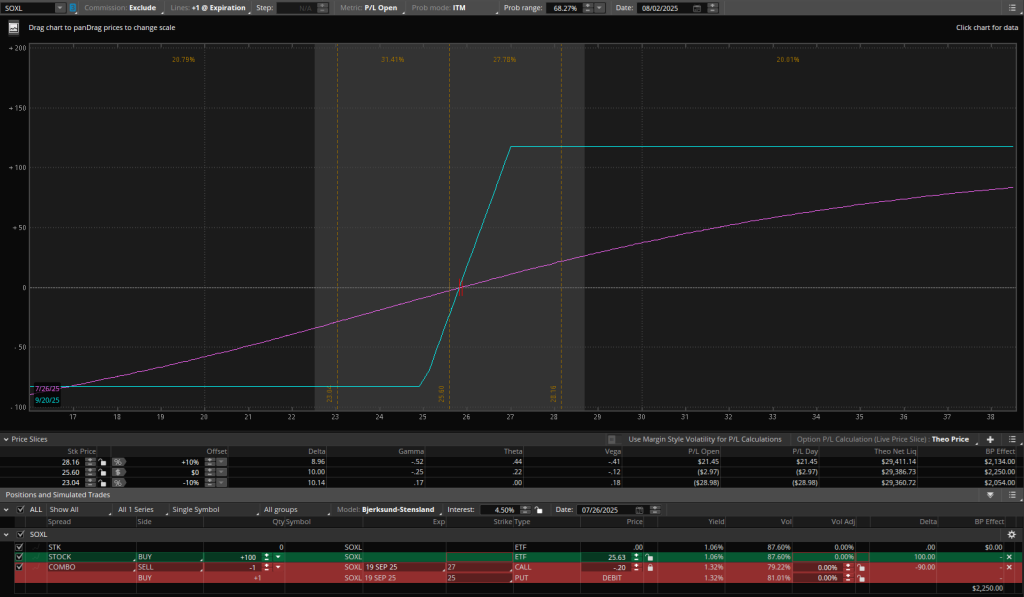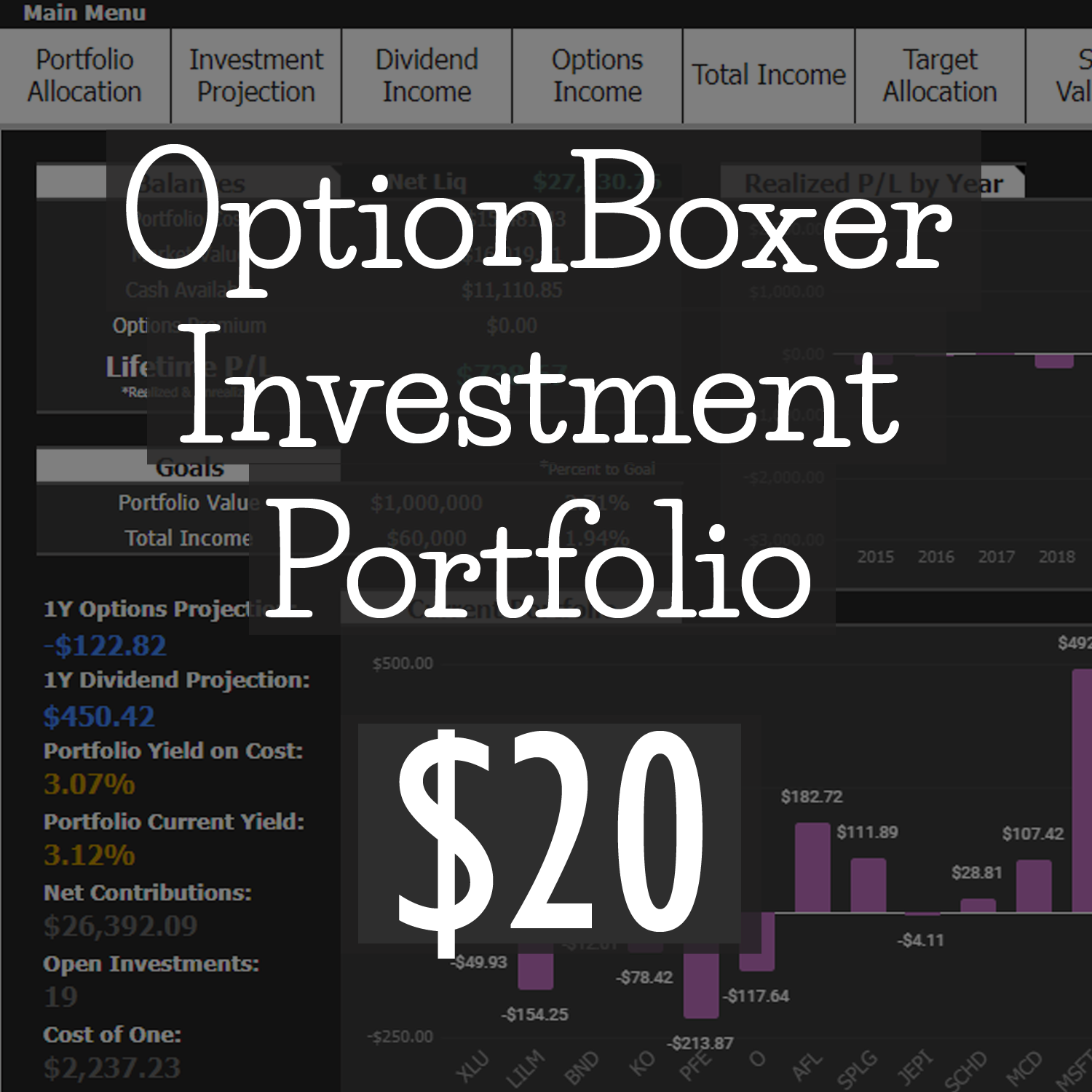Hello again everyone, I hope your weekend is off to a great start! Further, I hope time slows way, way down and it’s a long weekend that fully recharges the battery. As I prepare for school to begin and the trainings, meetings, paperwork, bosses, etc. It all has me wanting to run for the hills! In other words, I’m discouraged and feeling overwhelmed. If today, you find yourself in a similar position I hope this verse comforts us both. “Fear not, for I am with you; be not dismayed, for I am your God; I will strengthen you, I will help you, I will uphold you with my righteous right hand.” Isaiah 41:10
That said, we’re entering a period of the year where the probability for a retracement intensifies. Of course, there is no guarantee of this but this cyclical analysis chart of SPY will highlight what I’m saying.

As you can see, this chart shows that over the last 10 years, August, September, and October have increasing bearishness. Whether that be political changes, hedge fund adjustments, or algorithmic movements, I’m not really sure. Though, it’s fairly obvious the possibility of bearishness does increase.
So, in today’s post I want to review one of my favorite options strategies for when the market could get unstable or really anytime we’re not sure and want protection. You may remember it from a recent post, “My top 5 Options Strategies”. I don’t go into depth about the collar, like I will in this post, but it does highlight my favorite options strategies if you’re interested to see them. Additionally, and for the sake of being thorough, here is a breakdown of the collar strategy from TradingBlock.com that does a great job introducing the strategy.
Post Agenda
- Collar Options Strategy Overview
- Traditional Collar Options Strategy
- Alternative Collar Options Strategy
- My Preferred Collar Options Strategy

Collar Options Strategy Overview
To begin, I wanted to provide a brief synopsis of the collar strategy and it’s purpose. First, the trade is designed to limit the risk of holding shares outright with the purchase of a put. Second, by “collaring” the trade with a short call also we agree to give up some upside potential in exchange for a credit. That credit then offsets some or all of the cost of the put protection.
In a nutshell, the strategy delivers both a capped upside and a capped downside. Which means, at least to me, the strategy is neither good or bad, beneficial or harmful. Rather, it’s a tool to be used with discretion when turmoil could exist to protect some or all of the risk in a position.
That said, the idea is simply to buy a put while also lowering or eliminating the cost of the put. As options traders, I think we’re always looking for opportunities to maximize our potential returns while simultaneously minimizing our potential risks. However, the collar options strategy, in my opinion, is more about minimizing the risks than maximizing returns. In a sense, the goal is to earn more than the current risk free interest rate while staying as close to risk free as possible.
Traditional Collar Options Strategy
Traditionally, for those not wanting to risk outright ownership of the shares the collar is initiated when the shares are purchased. Alternatively, but still the standard approach, shares are already owned and the collar is initiated anytime market weakness intensifies.
A put is purchased and a call is sold, mostly within the same expiration. I say mostly because there are just so many ways to implement the strategy. I realize I’m making a generalized statement. You may be reading this thinking, uhm no, I never implement the collar in this way and that is great.
Still, for most familiar with the collar strategy, they want protection immediately without the large put cost. For those of us considering purchasing shares but want protection, this is the most straightforward approach.
- Buy 100 shares
- Buy ATM or OTM Put
- Sell ATM or OTM Call
Traditional Collar Illustration
For illustration here is the profit/loss graph of the traditional collar strategy. Does it look familiar to any other options strategy you’ve tried?

If you’re looking at this and thinking it looks like a bullish vertical spread, then you’d be correct. The collar strategy just goes about creating the p/l diagram by holding shares as well. Which likely means your asking, why not just trade the vertical? I suppose you could, but it really comes down to expectations and objectives.
If you’re simply looking for a short term play then the vertical spread probably makes sense. If you’re wanting to own shares to collect a dividend or generate consistent income then the collar may be the better option. For me, I would have already decided I want the shares if I were considering a collar.
In total, this is the simplest way to approach the collar options strategy. I’ve traded it this way many times and the results have been as expected given the limited profit and limited loss structure. I’ve implemented the strategy as I entered a stock position initially and when I’ve already owned the shares. The outcomes didn’t change and I didn’t experience any surprises in those instances.
As long as the put is active, the protection exists. That, at it’s core, is the entire reason for the collar options strategy. However, if you’re like me, you’re absolutely thinking, why would I pay thousands to get 100 shares and only make a few dollars? That’s wasted capital and I agree completely. That’s why in the next two sections I’ll share two different approaches to the strategy that I like considerably better than this traditional method.
Alternative Collar Options Strategy
First, this approach to the collar options strategy is far an away the technique I’ve personally used the most. I originally stumbled onto the idea in a facebook post as a member of the group was explaining how he uses it to collect dividends without any risk. I really liked his idea but I wanted to expand on the concept.
Really all I did was separate the contract months and alter the put/call positions. I wanted the put for protection but I wanted the call to provide upside potential, additional income, and fully pay for the put. To accomplish that ambitious goal I had to go further out in time with my short call. As an example, here is the approach I used to achieve that target.
- Buy 100 Shares
- Buy ~30 DTE put ATM or OTM
- Sell ~80 DTE call OTM
The trade-off with this approach was I may have to buy another put later, which would reduce the income or even cost me more. So, in theory, I try to get enough additional income at entry that most of the cost of a second put is covered. This is beneficial to keep put costs as low as possible, since price could always go up. When that happens, the put as protection, while technically doing it’s job, wasn’t needed. Thus, wasted money. I wanted to minimize wasted money and this alternative approach accomplished that goal while still providing the required protection. Here is an image of the P/L diagram to further illustrate the position.
Alternative Collar Illustration

You’ll likely notice that the P/L chart resembles the original collar strategy but takes a new shape. Most notably, there is increased upside potential relative to downside risk. This was intentional and what I was wanting to achieve. Again though, with this technique, remember the put will expire before the call. Potentially leaving no downside protection at all.
I viewed this as a benefit, personally. It allowed me to re-evaluate the need for the put after some time had passed. If it was necessary again, I’d already collected at least some additional income to pay for a new put. Conversely, if it wasn’t necessary, I’d collected some additional income and could do one of two things. I could leave the trade as a covered call or I could simply close the remaining position. The idea was, by collecting additional income initially, theta would have eroded enough of the premium that I still paid for the cost of the put. In practice, it doesn’t always play out this perfectly. Sometimes enough theta had eroded and other times it hadn’t. In those instances, I had to eat a little of the put cost.
Regardless, in my experience, the trade accomplishes its purpose. It maintains put protection while holding shares with the possibility of bonuses along the way. However, just recently I found another technique that I like even better. Let’s look at it below.
My Preferred Collar Options Strategy
Now, while this is my new preferred approach, I have yet to implement a trade this way. I guess in time I could revert back after gaining experience with this new collar strategy. Still, as of now, this is how I’m looking to implement collars going forward, and how I’m considering it heading into the historically weaker period of the year.
Basically, this method combines the collar strategy with the same mechanics as a poor man’s covered call. Wherein, I’ll buy the shares, buy a longer dated put, and sell shorter dated calls. This removes the need to purchase additional puts but it does mean a higher price today.
In this approach to the collar options strategy, I would;
- Buy 100 Shares
- Buy Longer Dated Put ATM or ITM
- Sell Short Dated Calls OTM
This will require a little different mindset and possibly some calculations before I begin. I’ll want to maintain upside but also keep income high enough to eventually pay for the put. This isn’t ideal but I can’t ignore the fact that before the put expires I may have generated enough to exit the trade with put premium remaining.
Here is an image of the preferred collar options strategy for clarity.
Preferred Collar Illustration

Now, I know immediately you’re thinking, why on earth would you accept this graph that essentially looks like a calendar or diagonal spread? Well, remember the hope is over time I’ll minimize the downside cost with recurring income. In this example, I’m using a put dated at 174 DTE and a call at 20 DTE. So, in theory, every 20 days I could achieve another $100. Said another way, with about 74 DTE remaining on the put I may be able cover the entire cost of that put.
Additionally, the cap on the upside can change frequently. If share price rises, I can adjust the call strike upward to unlock additional price appreciation for a similar level of income. If price moves lower substantially, I can lock in the profits on the call and the put while I evaluate my desire to continue owning the shares.
Final Thoughts
In closing, the strategy is just a much more comfortable way to trade stocks or options. By having the put in place the next financial crises could happen tomorrow and the downside is 100% protected. Assuming ratios remain the same, where for every 100 shares a put and a call exists. I’ve never personally traded the strategy with different ratios but it’s an interesting thought as I write this.
The bonus to the collar options strategy is it gives us a way to pay for the protection. A huge psychological benefit from where I stand. I both remain fully hedged and I have the peace of mind knowing I didn’t pay for it out of pocket.
Finally, let me know in the comments if you’re trading the collar strategy or if you’re willing to share, how you may be trading the strategy another way. I know anyone stumbling onto this page would enjoy learning your approach as well.
Until the next post.
God bless,
Jeff










